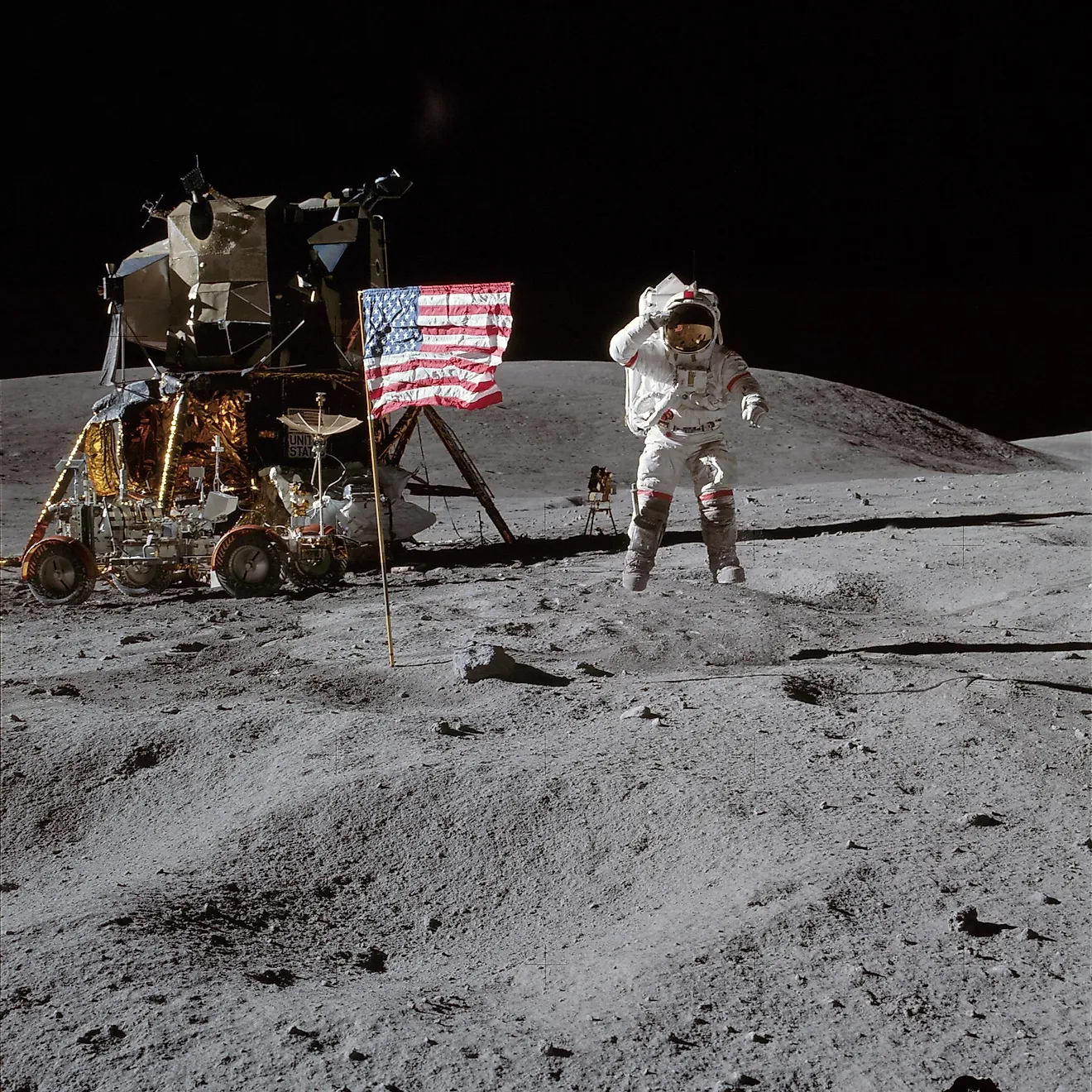Why Hasn’t There Been A Moon Landing Since 1972?

- The United States is the only country who has put astronauts on the moon.
- The moon is about 238,857 miles away from Earth.
- The moon is not a planet or a star. It is a satellite.
One of humanity’s greatest achievements was putting a man on the moon. As part of the Apollo program, the United States sent astronauts to the moon between 1968 and 1972. The Apollo 11 mission was a historical triumph as the first crewed landing on the moon. During this mission, Neil Armstrong walked on the moon.
No one has visited the moon since the NASA Apollo 17 mission in December 1972. Some people wonder: if we could get to the moon in the ’70s, why can’t we get there now?
Dangerous and Expensive
Nasa’s budget is much smaller than it was in the past. In 1965, NASA received 4% of the entire federal budget. Now, NASA only receives about 0.4% of the federal budget.
According to a 2005 NASA report, going back to the moon would have a price tag of about $104 billion. With inflation, that would be about $133 billion in today’s dollars.
The motivation to get to the moon isn’t the same as it was during the time of the Apollo missions. While going to the moon was partially motivated by the scientific desire to explore, the U.S. devoted so many resources to the missions mostly because they wanted to win the space race. President John F. Kennedy saw Apollo as a front in the Cold War, prompting him to spend $5.4 billion to send missions to space. This would equal more than $45 billion today.
When Nixon cut NASA’s budget in 1970 by hundreds of millions of dollars, NASA lost its status as a special program. Their funding remained low for decades, keeping crewed space missions in low earth orbit.
The space shuttle Columbia disaster in 2003 was a massive setback. The shuttle broke apart in the Earth’s atmosphere, killing all seven crew members. Congress and the White House reflected on why they chose to take the risk of sending people into space to risk their lives.
Future Trips to the Moon
President George W. Bush made a plan to return to the moon by 2020, with a goal of setting up a base on the lunar surface where humans can live, work, and use as a starting point for travel to Mars and other planets. The program was called Constellation.
When President Barack Obama inherited the Constellation program, there was little funding available and it was canceled in 2010. Astronauts were instead directed to visit an asteroid near Earth. But Donald Trump had other ideas and directed NASA to target for crewed lunar landings.
NASA originally planned to land on the moon in 2028, but that wasn’t fast enough for Vice President Pence, who instructed them to get there by 2024. As part of the Artemis program, NASA plans to put roots down on the moon and establish a more permanent human presence, laying the groundwork for future trips to Mars. They hope to put a human on Mars sometime in the 2030s.











